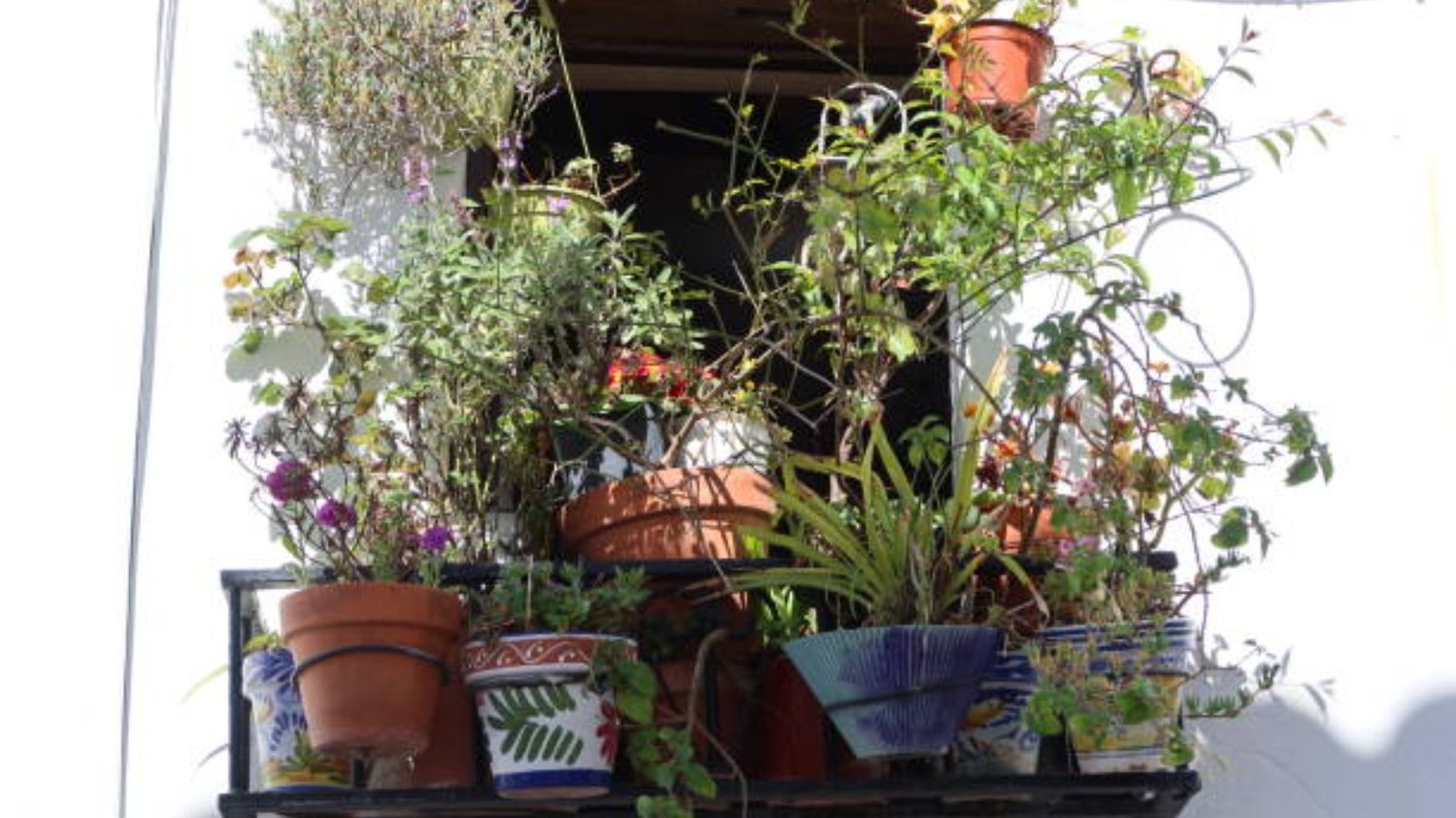Should I line a concrete planter??
Concrete planters are beautiful, durable, and perfect for a garden or patio. The only problem is that they can be quite tough on plants, especially if you live in an area with harsh winters or hot summers. That's why many gardeners ask themselves, "should I line a concrete planter?" In this article, we will discuss the pros and cons of lining your planter, as well as the different materials you can use. We will also offer some tips to help you choose the best option for your plants.
The Importance of Drainage
Drainage is crucial for any planter, and especially for concrete ones. Without proper drainage, your plants can drown or develop root rot. But how can you ensure good drainage in a concrete planter? One option is to line it with a porous material that will allow excess water to escape. This is especially important if your planter doesn't already have drainage holes.
Materials to Line Your Planter
There are several materials you can use to line your planter, each with its own pros and cons:
- Landscape fabric: This is a popular option as it is inexpensive and easy to work with. However, it can tear easily and may not be durable enough for large planters or harsh weather conditions.
- Glass fiber reinforced concrete: This is a more expensive but very durable option. It is also lightweight, which makes it easier to handle. However, it may not be as porous as other materials.
- Plastic liners: These are easy to find and affordable. They are also waterproof, which means they will prevent water from escaping. However, this can also be a disadvantage, as it can lead to standing water and root rot if you don't take care to provide good drainage.
- Recycled rubber: This eco-friendly option is durable and porous, which makes it ideal for planters. However, it can be quite expensive and difficult to find.
Pros and Cons of Lining a Concrete Planter
Here are some of the main advantages and disadvantages of lining a concrete planter:
- Pros: Lining your planter can help prevent water damage, which can be especially important in areas with harsh weather conditions. It can also make it easier to move your planter around, as you won't have to worry about water leaks or damage. Finally, lining your planter can help protect your plants from the chemicals in the concrete, which can harm some species.
- Cons: One of the main disadvantages of lining your planter is that it can be expensive, especially if you choose a high-end material. It can also be time-consuming, as you will need to take care when measuring and cutting the lining material. Finally, some gardeners feel that lining a planter takes away from the natural beauty of the concrete and can detract from the overall aesthetics of your garden or patio.
Tips for Lining Your Planter
If you do decide to line your planter, here are some tips to help you get the best results:
- Measure carefully: Make sure you measure your planter accurately before cutting your lining material. This will help ensure a good fit and prevent leaks.
- Use a porous material: Choose a lining material that will allow excess water to escape, such as landscape fabric or recycled rubber.
- Provide good drainage: If your planter doesn't already have drainage holes, make sure you add them after lining it. You can also place a layer of gravel or rocks at the bottom of the planter to help with drainage.
- Trim the lining material: Make sure you trim any excess lining material so that it doesn't show on the edges of the planter. This will give it a clean and professional look.
Conclusion
So, should you line your concrete planter? The answer depends on your individual needs and preferences. If you live in an area with harsh weather or want to protect your plants from the chemicals in the concrete, then lining your planter may be a good idea. However, if you prefer the natural beauty of the concrete or don't want to spend money and time on lining, then you can skip this step. With the tips we've provided, you should be able to make an informed decision and choose the best option for your plants.

